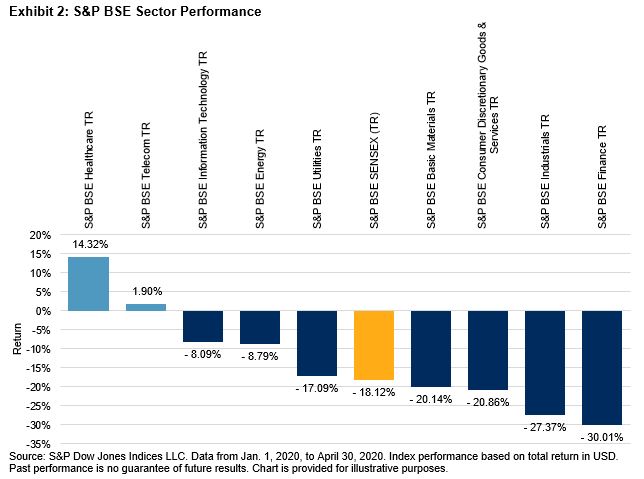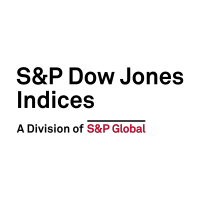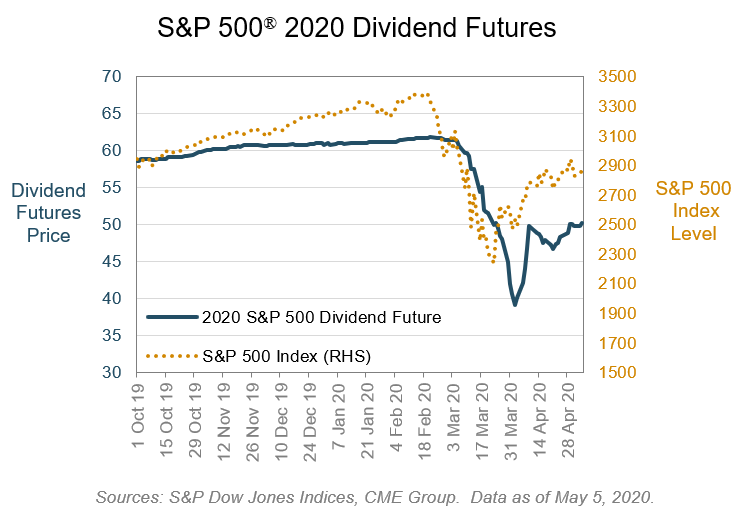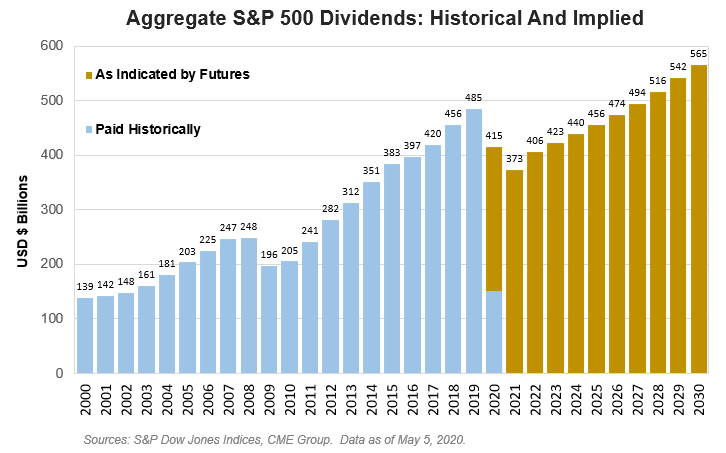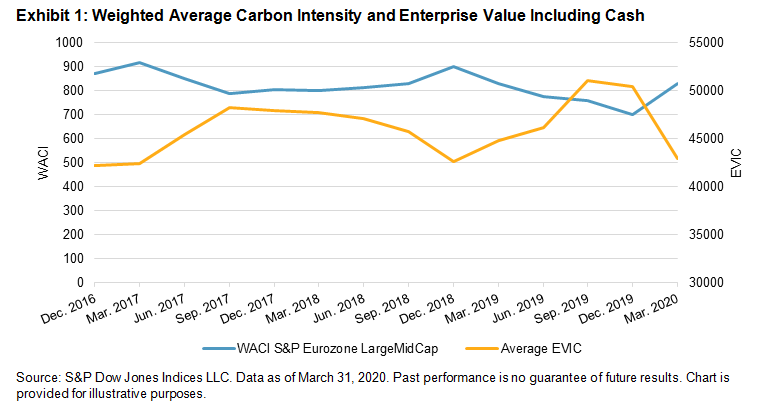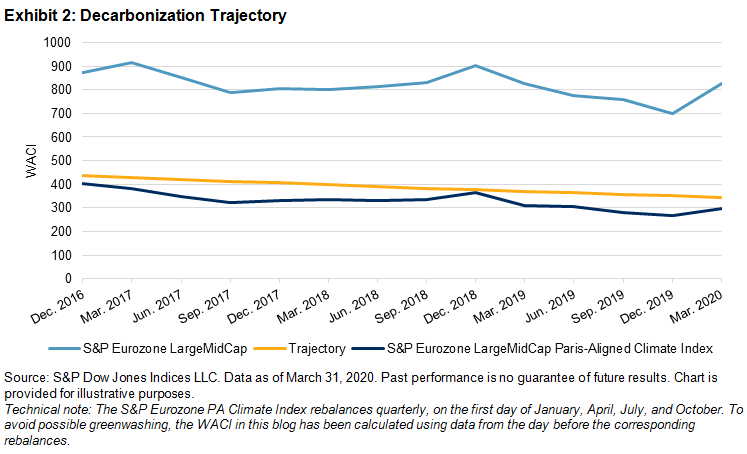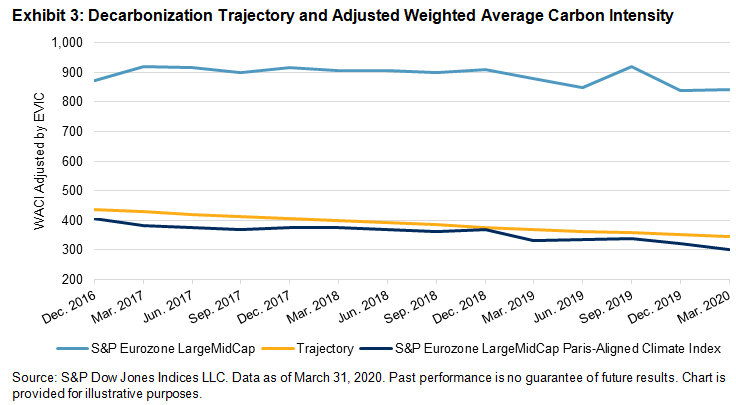Late last summer, nearly 200 chief executives (S&P Global’s own CEO, Doug Peterson, included) put their signatures on a new statement of the purpose of a corporation,[1] one focused not only on shareholder value, but on value for all key stakeholders. The declaration emphasizes people—employees, customers, and communities—in which employers know they must invest to ensure long-term growth and success. This renewed focus on a company’s contributions to society as a whole is in line with the increased popularity in sustainable investing; one-quarter of all professionally managed assets now incorporate environmental, social, and governance (ESG) considerations.[2]
If this sounds familiar, it’s because Peter Drucker, the management guru whose principles underlie the constituent selection and weighting of the S&P/Drucker Institute Corporate Effectiveness Index, started leading this charge more than 50 years ago. Drucker, whom Businessweek famously called “the man who invented management,” codified the practice of effectiveness: not only doing well, but doing the right things well.
The Drucker Institute has developed a rigorous system to measure how well companies do these right things, including customer satisfaction, employee engagement and development, innovation, and social responsibility. The S&P/Drucker Institute Corporate Effectiveness Index combines these measures with S&P DJI’s quality score—an important piece to the puzzle, because even though the bottom line isn’t the only thing, it is something.
The result is a single holistic measure of a company’s overall management that aims to create value while also managing risk—vital in today’s markets.

Over the one-, three-, and five-year periods ending May 1, 2020, the S&P/Drucker Institute Corporate Effectiveness Index outperformed its benchmark, the S&P 500, by more than 200 bps annually. In fact, the strongest outperformance was over the past 12 months, highlighting the crucial importance of a holistic view of companies and their management. Even more telling are the risk numbers that showcase lower index volatility and higher risk-adjusted returns compared with the S&P 500 over these same periods.
It’s not often that an index matches this kind of outperformance with holistic ESG principles—and a public endorsement of those principles by the companies that the index tracks. The S&P/Drucker Institute Corporate Effectiveness Index could offer relevance for investors who want to do good, performance for investors who want to do well, and effectiveness for investors who want the best of both.
[1] https://www.businessroundtable.org/business-roundtable-redefines-the-purpose-of-a-corporation-to-promote-an-economy-that-serves-all-americans
[2] Kell, Georg. “The Remarkable Rise of ESG.” Forbes. July 11, 2018.
The posts on this blog are opinions, not advice. Please read our Disclaimers.











































